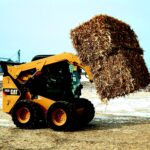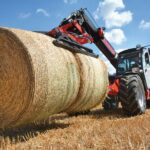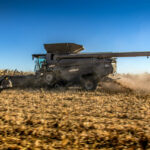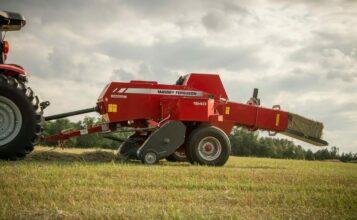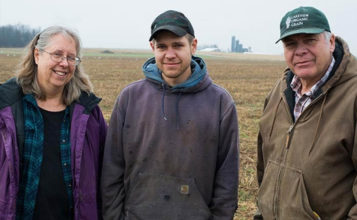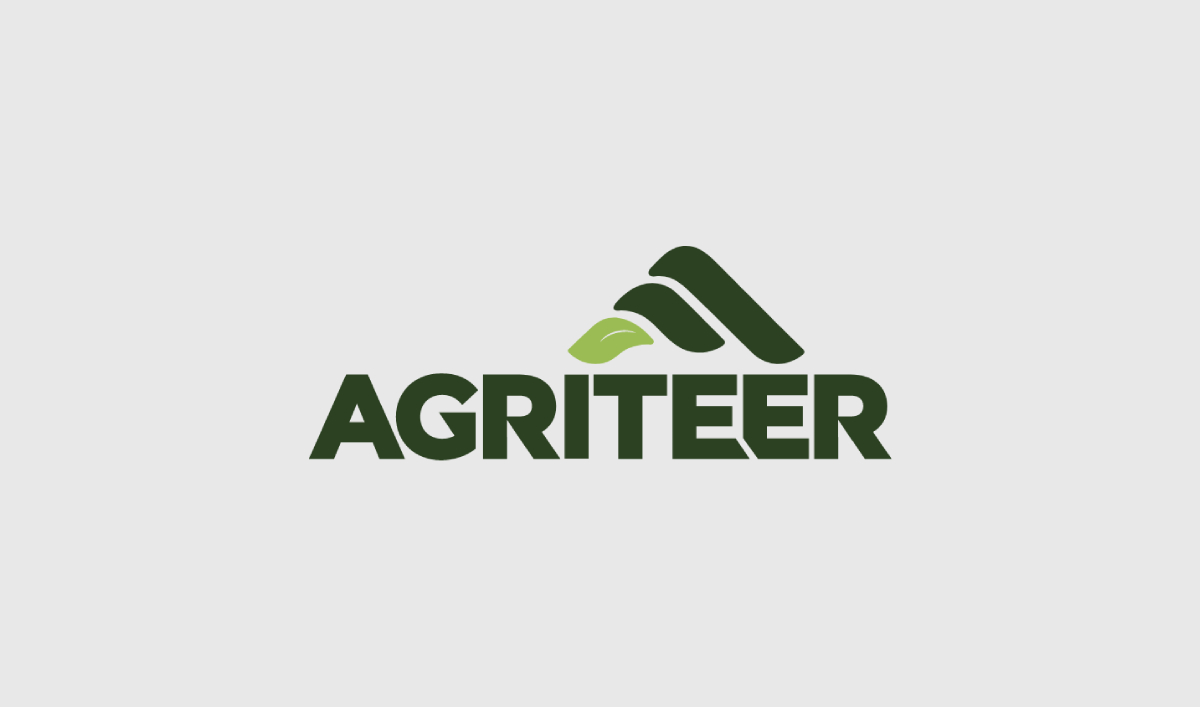17 Farm Tools You Need To Start An Agriculture Business
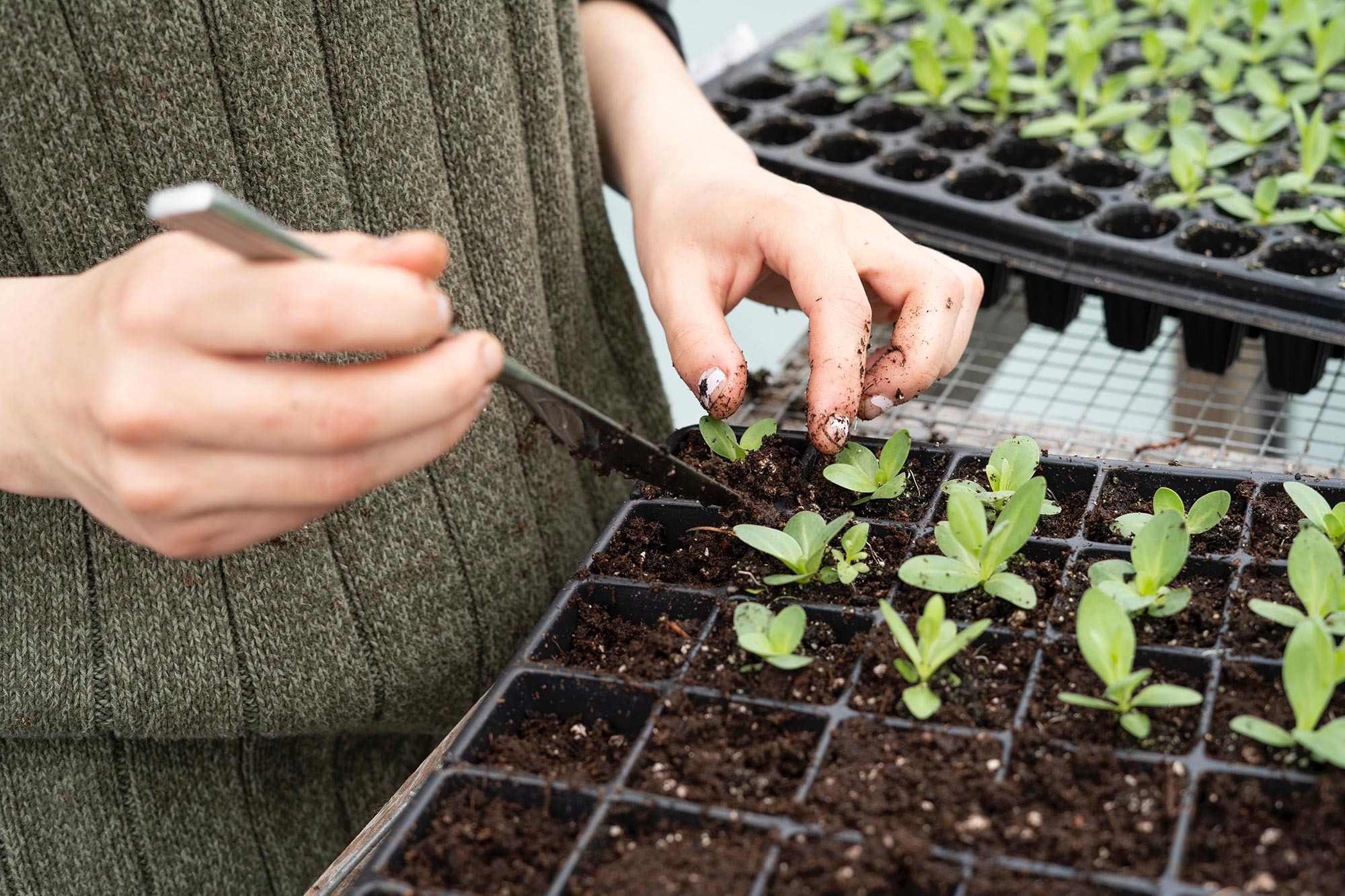
So you’re thinking about starting a farm. Maybe something small or on the side that you can scale up for it to support you full-time. Or perhaps you’re thinking of launching right into a medium or large agriculture business.
You should know exactly what farming tools you need to be set up for success. We have you covered! As you look into equipment, here are some good questions to keep in mind:
- How adjustable is the size of the equipment? Can I use it in narrow and wide spaces?
- Is the machine versatile enough for all the kinds of crops I’ll be using?
- Will I be sharing this equipment with neighboring farmers? Does it meet all their needs as well?
Now let’s look at a list of farm tools you’ll want to invest in before getting started with your new agricultural business venture.
FOR SEEDING/PLANTING
Let’s start at the beginning. You have the land, you have the vision, you maybe even have some buyers lined up. What farm essentials do you need to purchase first? We’ve put together a list of seeding equipment for small farms (or big farms!):
-
Soil Cultivator
—A soil cultivator is the equipment you use to get the soil ready for the seeds. Among other things, it warms the soil, controls weeds, and churns the soil to make sure the water is properly distributed. These pieces of cultivation equipment can be as small as a push lawn mower or as big as tractors; consider what is most efficient and cost-effective for your new endeavor.
-
Plow
—In addition to cultivating, you’ll also want to plow your soil. This is the proce whereby you dig up a lot of dirt (not just the top couple of inches) and turn it over. Depending on your crop and your geographic location, you may not need to plow every year, so do some research on your crop in your location to see what is recommended. In this modern era, you can buy a plow in any size for any farm’s needs.
-
Harrow
—Depending on your soil and crop, you may need to harrow after you’ve plowed. This will smooth out the surface and get it ready for planting after the plough has made it rough and potentially rocky. Harrows are almost always tractor attachments.
-
Planter & Transplanter
—These are machines that plant seeds or seedlings in rows. Some of them are even adjustable in size, but some are only good for one kind of seed or seedling. Be sure you get one you can use for a long time as your farm grows.
-
Broadcast Seeder
—If you have a crop (like grass) where seeds don’t need to be planted in straight rows, a broadcast seeder (also called a broadcast spreader) is probably right for you. These spray the seeds in the direction they are pointed, and they come in all sizes, from handheld to tractor-driven.
-
Seed Drill
—If you have a crop with tiny seeds that need to be planted at a certain depth, you’ll need a seed drill. These are different from planters, which generally handle larger seeds. Sometimes planters have a seed drill setting (so be sure to check the manufacturer settings).
-
Sprayer
—Once you have planted your crop, you’ll probably want to spray them with herbicides and pesticides. Even if your farm is organic, you’ll still need a sprayer for fertilizer. Most farmers use tractor attachments or self-propelled sprayers. Some even use small airplanes!
-
Manure Spreader
—At certain times of the year, some farmers choose to spread manure on their soil in order to fertilize it and maximize crop growth; check with your local farmers association to find out what they recommend. Manure spreaders can sometimes look like an oversized push lawn mower or a wheelbarrow; or they can require large tractors to tow them.
FOR IRRIGATING
Once you’ve planted, you have a lot of options for how to water your plants. Unle you have a very tiny plot of land and can hand-water, you should look into using one of these systems (or a combination of them). They each have their pros and cons, so consider your farm’s needs, and maybe even ask neighboring farmers what they use.
- Drip irrigation—This method requires a lot of irrigation pieces that take water directly, regularly, and efficiently straight to your crop’s roots. It is the most efficient on water, and the most likely to need repairs (since there are so many pieces to it).
- Sprinkler irrigation—If you’ve ever seen a water sprinkler, you already know that this system sprays the water into the air, and it falls onto the plants. It’s extremely easy to use and efficient for reaching large swaths of land; it is also the most expensive to set up, and can be thrown off by wind blowing the water around.
- Surface irrigation—This method requires little to no maintenance, as it works directly with the contours of your land to distribute the water with no mechanical help; it just flows from highest to lowest to get the job done.
- Though it doesn’t work on every kind of terrain, where it does work, it is an extremely efficient way of utilizing rain water. On the other hand, it is easy for the lower crops to become waterlogged and potentially ruined.
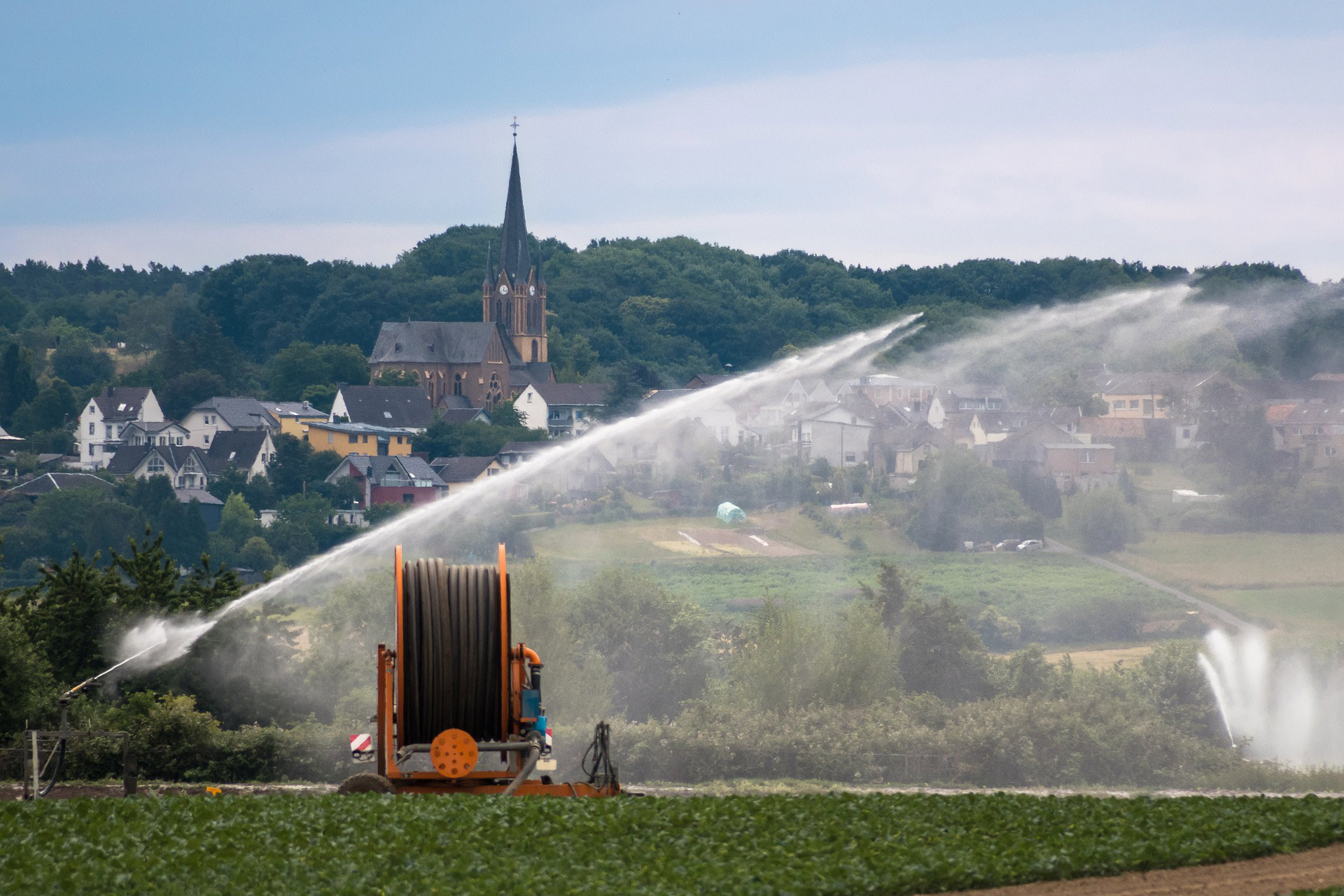
FOR HARVESTING
You planted, you watered, now it’s time to harvest so you can go to market with your crops. Depending on what you’re growing and how big your land is, you’ll need most or all of these things to be successful during your harvest.
-
Combine Harvester
—A combine is always a large piece of machinery, but it does a lot of work! It combines reaping, threshing, and winnowing into one process and saves you a lot of time and labor over doing all of those things separately or by hand.
-
Tractors
—A tractor is essential, no matter what crop you have. Tractors can pull all different kinds of attachments and can help with everything from cutting down wheat to raking a field. Be sure to get one with just a little more horsepower than you think you’ll need, so it can last you for years as your farm grows.
-
Loaders
—You will need a loader if you have a crop that is proceed in the field, because you will need to get it onto a truck in order to move it off the field. They have the same basic functionality of a forklift, on a much more massive scale.
- Truck—Besides a pickup truck, you may need a large truck for loading up your crops. You might even need several as hay moving devices, if you have a medium to large size farm.
-
Wagon
—A wagon can be used instead of a large truck, to transport the crop from the field. Wagons can be attached to the back of tractors.
-
Mowers
—Some crops have to be mowed before a combine can come along and do its work. Depending on the size of your field, you may need a mower attachment for your tractor, or you may need a self-propelled (drivable) mower.
-
Rakes
—Some crops (like hay) need to be raked up after they’ve been mown down. Again, a tractor attachment is a great option for small to medium farms.
- Balers
—If you are growing hay, you definitely need a baler. Learn more here about balers and other essential hay equipment.
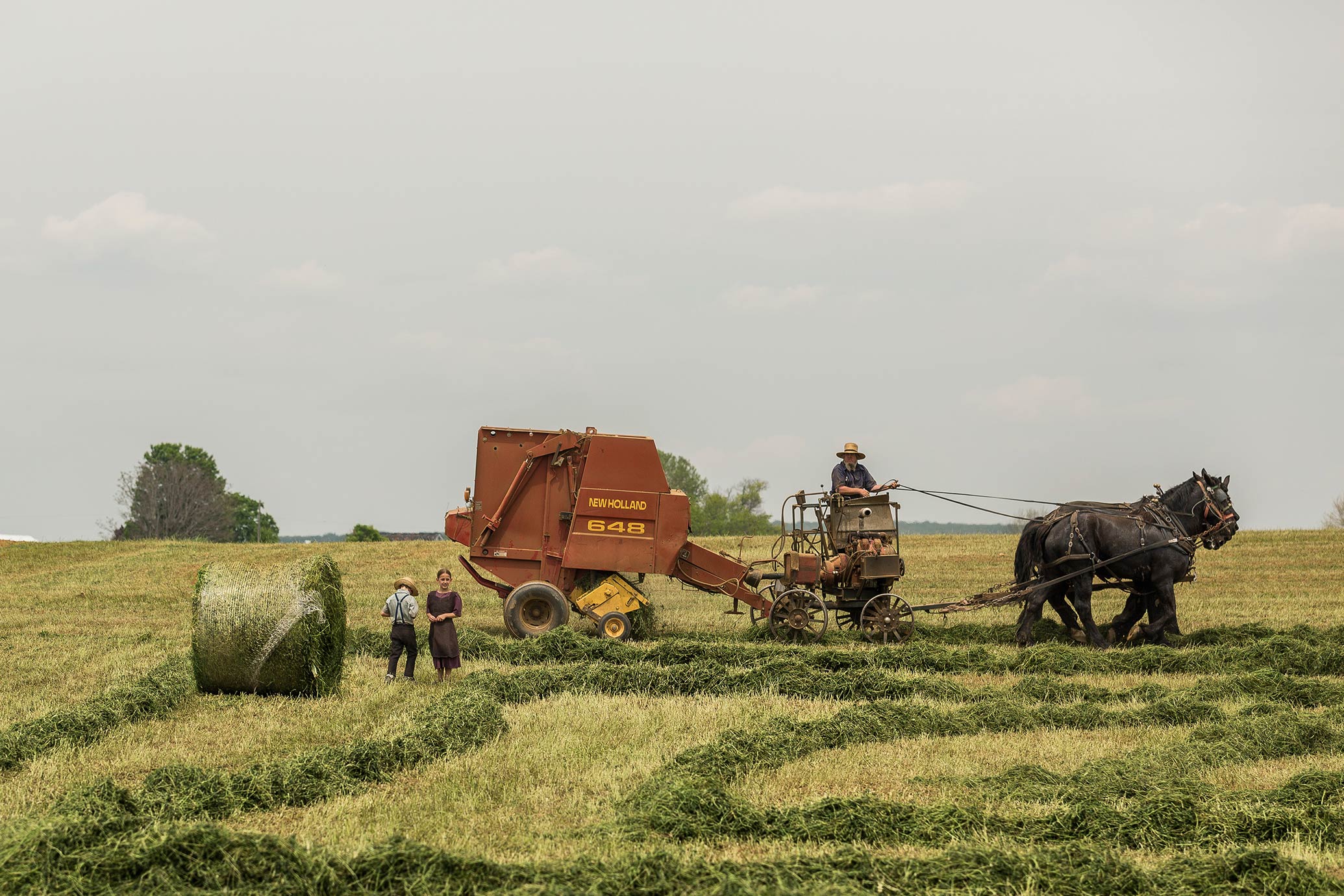
As always, you can get much of this equipment (and even more information about farm tools and their uses!) on Binkley & Hurst’s website.
Be sure to check out our wide selection of used farming equipment in addition to brand new products.
Please contact us to request more information about how we can serve you. We look forward to hearing from you!

